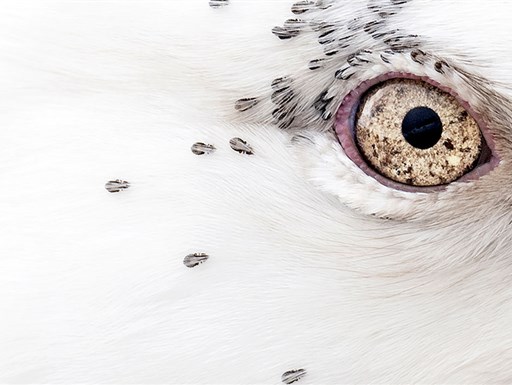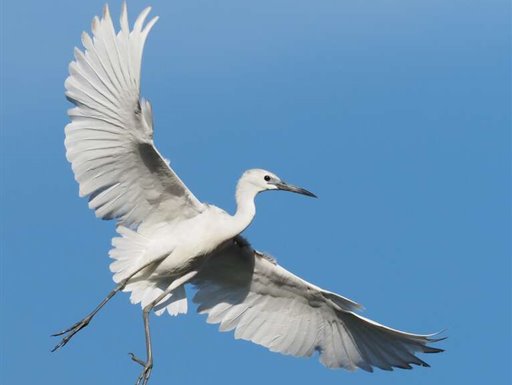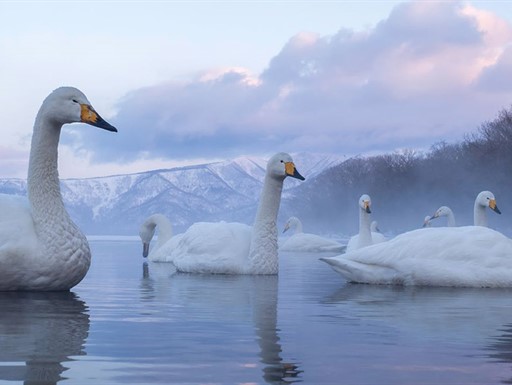Here you will find an ever increasing range of articles covering technique and tips on using our cameras and lenses.
By: OM SYSTEM Photographer Tibor Molnar
Whether you're new to photography or a seasoned pro, you've likely heard of the rule of doubling the focal length to achieve stable images when shooting handheld. For shorter focal lengths like 50mm, a shutter speed of 1/100 is usually manageable. But as you move to longer focal lengths, such as 600mm, the limitations of this rule become apparent. Bird photography, in particular, often demands extreme reach in challenging conditions.
Thanks to advancements in image stabilization (IS) in both cameras and lenses, that old rule can now be broken. I had the chance to photograph some incredible birds in Ecuador using the OM SYSTEM OM-1 Mark II paired with the M.Zuiko ED 150-600mm f/5-6.3 lens. Both the camera and lens feature built-in IS, with the OM-1 Mark II offering 8.5 EV stops of compensation—meaning you can lower the shutter speed by 8.5 stops and still achieve blur-free images. So, how can you make the most of this technology for better bird photography? Here are some lesser-known but highly effective tips I discovered.

Don’t be afraid to use a low shutter speed
This might sound daunting. We've all taken shots that felt perfect, only to find them soft or blurry. While IS isn't flawless, knowing you can slow down the shutter speed helps you compensate and use lower ISOs. Lowering the ISO results in sharper images with less grain and more detail. While slower shutter speeds can help reduce ISO, they aren’t ideal for freezing motion, like in-flight shots. Slower speeds are best used when you need more light, not when capturing fast action.
While a stunning shot of a bird in flight, with its wings perfectly frozen from tip to tip, is something we all strive for, in less than ideal conditions, you have to make the best of what's available. Bird photography is always a balance of give and take, working with an environment that is beyond your control.

Know your acceptable ISO limits
In Ecuador, many subjects are often found in forests or shaded areas. In these conditions, raising the ISO is often necessary, but this is where slower shutter speeds can help. Assess the situation and determine the maximum acceptable ISO for your photos. Start with that limit, then lower the shutter speed to achieve the correct exposure. The goal is to stay below your maximum ISO. If you know you'll need to crop the image, your max ISO should be lower than for shots where cropping will be minimal. Of course, this is all a matter of personal preference and situational judgment.

Take advantage of the fast frames per second
Once you've determined your max ISO and adjusted your shutter speed for the right exposure, you're ready to shoot. But what if the shutter speed is really low? This is where using frames per second (fps) becomes an advantage. Don’t just take one shot—slow, controlled bursts are your best friend.
The OM-1 Mark II offers 10 fps (or 120 fps with the E. shutter), which is more than enough for capturing bursts. This technique increases your chances of getting a sharp image. For instance, if you take a 2-second burst of 20 shots of a hummingbird at a feeder, only a few may be sharp at 1/200, but you'll have a better chance of catching the bird when it pauses, compared to single shots.
Of course, the wings may not be frozen, but in low light, such as late afternoon, it's the best way to avoid a high ISO. Remember, blurred wings can also convey motion, so work with what the situation offers.

Take “safety shots”
What about when a bird is perched? You’ll have time to set your settings and find the ideal exposure. But don’t settle just because you have time—use the opportunity wisely. I once had a narrow window through the trees to photograph a crimson-rumped toucanet. It was perched, but I struggled to get enough light. At the full 600mm with the M.Zuiko ED 150-600mm f/5-6.3 lens, I was close enough, but my ISO was high.
I took a burst, reviewed the shots, and found some I liked. Since I had time, I reduced the ISO by a few stops and adjusted the shutter speed to compensate, then took more shots until I was satisfied. Rinse and repeat. Always take a “safety shot” first, then adjust for better settings or position.
If your settings are good but you want to get closer to the subject, the same principle applies: take a shot you're happy with, then move closer and repeat. With the toucanet, I was able to get below my maximum ISO, shooting at 1/320 with the full 600mm handheld.

Thanks to advancements in technology like image stabilization and lightweight design, the OM-1 Mark II paired with the M.Zuiko ED 150-600mm f/5-6.3 lens frees you from the need for tripods and high shutter speeds. Hopefully, these tips will help you seize new opportunities in challenging conditions and improve the overall quality of your photography.



